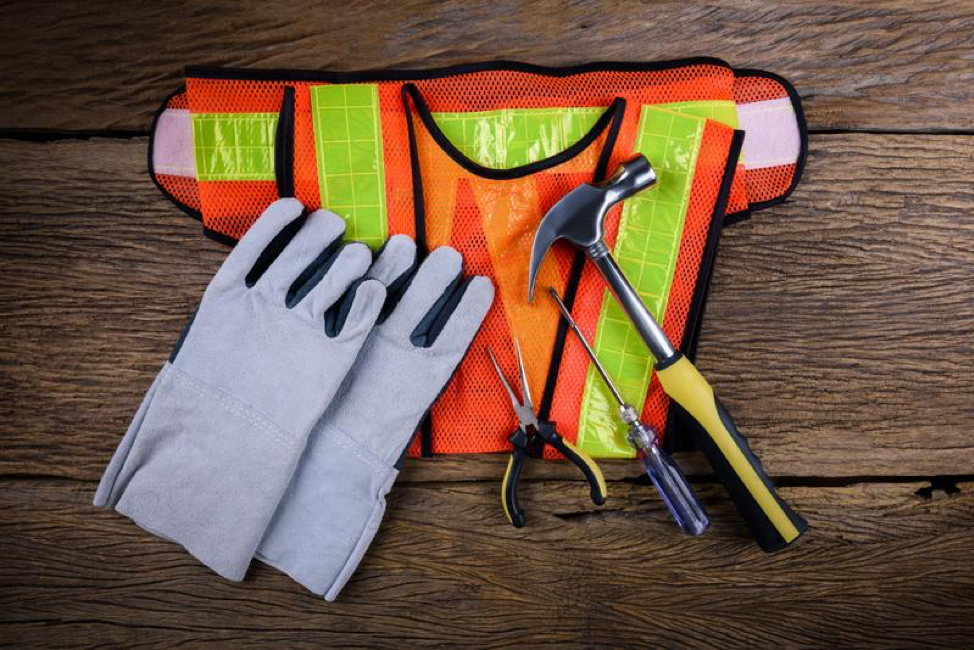
Transitioning Into a Safer Workplace: How to, and Why
Workplace accidents make up a large portion of personal injury incidents, and the construction industry is one of the most affected. Individuals working on building sites are exposed to a range of risks from falls to machine injuries. Construction companies, project leaders and contractors who are responsible for work sites should prioritize the safety of workers and everyone who has access to the sites. The industry has various health and safety standards that are designed to protect workers. A comprehensive safety management system will incorporate these regulations with other site-specific protection measures. Implementing strategies for a safer workplace, however, is not always easy and it helps to have a guideline.
How to Put a Safety System in Place
Developing an action plan is the first step toward transitioning into a safer work environment. Although some health and safety measures may be standard across the sector, an employer has to consider the specific threats in a particular setting. For this reason, a thorough assessment is required to identify the risks that employees and non-employees have to deal with. Understanding the hazards makes it easier for a company to come up with a safety plan that addresses them. A safety plan includes protocols that eliminate or control the risks that people are exposed to, these can include additional training, clear safety policies, and even safety and warning labels.
More: DIY Workplace Labels | Creative Safety Publishing
After creating a blueprint for the identified safety risks, an employer must then develop policies, procedures, and processes for the activities that demand a safety system of work. At this stage, a company must lay out the recommended safety behaviors for workers, the expectations of the employer, and incident reporting. When creating safety policies, one must factor in the equipment used, the location of certain activities, and the task itself. For example, if the task involves working from top heights, then the safety processes should include fall protection and the use of fall arrest systems.
More: What Safety Equipment Do Construction Workers Need? | Alabama Pipe Welders Academy
The third part of implementing a safety strategy is training. Regardless of the level of risk that employees and non-employers face, everyone should be well educated on how to minimize or eradicate hazards. A company must implement a safety training system so that people can learn about the general rules of the enterprise. They must also train on the work rules for a specific environment and the location. Different activities will carry varying levels of risk, and that will determine the content and depth of the training program. Proper training ensures that individuals not only know how to avoid accidents but also to respond appropriately when something happens.
More: WHS Management System | Occupational Safety Solutions
Monitoring and Reporting are critical parts of transitioning into a safer work setting. It is not enough to identify the risk and set protection measures. Employers must keep an eye on the safety systems in place. In some work environments, risks can evolve as a construction project advances, and that means the safety standards may have to change as well. Monitoring safety systems ensures that they are being followed. Reporting allows a company to know the state of safety systems and if they are working.
Why Safety Systems are Necessary
Some small businesses lag behind in forming and executing safety systems because they fail to grasp their importance. The most obvious reason for a safe work environment is to reduce the risk of injury.
Construction sites have various hazards that can cause serious and sometimes fatal harm. Falls are some of the most common threats. When workers are operating from high positions, there is always the dangers of falling if the right protection measures are no provided. Falls also result from tripping over materials scattered around a site and malfunctioning equipment like cranes and elevators. The use of heavy machinery can also cause severe injuries particularly if operators are not well trained. Collapsing materials are hazardous as well because they can land on people on the ground.
More: Safe Systems of Work | Health and Safety Authority
The legal implications of failing to institute an actionable safety plan can be devastating for an employer. A good number of personal injury lawsuits stem from workplace accidents. If an employee or non-employers suffers injuries or other damages on a construction site because the responsible parties did not set up the necessary protections, then the victim may sue. Employees or customers who have wrongfully experienced an injury on the job will have the right to pursue compensation, and might do so regardless of the fees and charges that personal injury lawyers charge. Legal troubles can cripple a business or individual financially, not to mention the ruin caused to the reputation. A workplace with poor safety will also be very expensive to insure. Enacting policies to protect workers can bring down a contractor’s insurance premiums considerably.
More: How to Find a Personal Injury Lawyer | Albert E. Hirst
Construction companies, contractors and other players in the building industry must give workplace safety the attention it demands. Employers and employees must understand the responsibility they hold in ensuring a safe working environment. A company must create an effective safety plan and know how to implement all its tenets to benefit everyone involved.
If you’re looking for any sort of construction, whether it be commercial, hotel, industrial or otherwise, we’d love to be in contact with you and see how we can help!

Recent Comments